Campervan Iceland October: Why This Month is Special
October is one of the best times to explore Iceland by camper. The shoulder month brings fewer crowds, lower prices, and a perfect balance between lingering autumn colors and the first hints of winter.
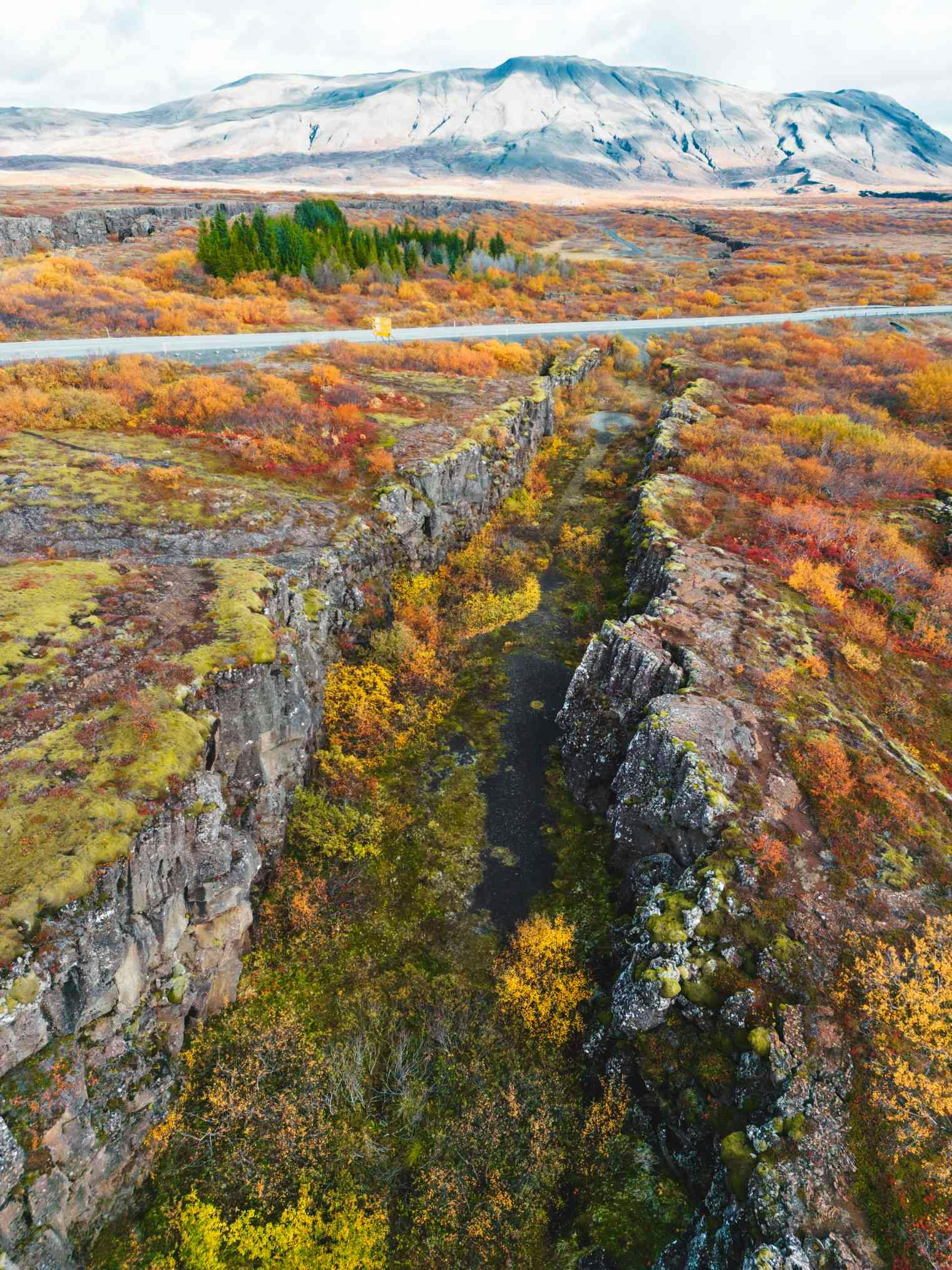
Here’s why October is the perfect time for your campervan adventure:
- Quieter than summer with peak season crowds gone.
- Lower rental and accommodation costs.
- Enough daylight hours to explore the ring road and famous attractions.
- A slower pace; no need for a jam-packed trip itinerary.
- A last chance to enjoy the outdoors before the colder months set in.
- Clear, crisp nights with enough darkness to chase the northern lights.

Weather and Temperatures in October
Average Temperature
The average temperature in October is between 1°C and 7°C. That makes it chillier than August and September but much milder than the colder months of December through February. On some days, especially in early October, you may even find yourself in t shirts under the sun, though you’ll quickly need layers once the wind picks up.
Weather Patterns
October is one of Iceland’s wettest months, so rain showers are common. You’ll also encounter wind, which can be strong enough to affect driving. Snow becomes possible later in the month, particularly in the north, while the south coast tends to stay more wet than snowy. The changing weather creates dramatic skies that make waterfalls and black sand beaches even more striking.
Daylight Hours
In early October, you’ll enjoy around 11 daylight hours. By the end of the month, Iceland’s daylight hours drop to 8. That means shorter days, but it’s still enough time for day hikes or day outings to major sites. With reduced light, you’ll want to carefully plan your trip itinerary, but you’ll also have plenty of enough darkness at night to see the aurora.

Road Conditions and Driving in October
General Conditions
Driving in October is manageable, but you’ll notice differences compared to summer. The ring road (Route 1) and other popular routes remain open, but road conditions can vary. Expect some wet pavement, occasional icy patches, and more frequent sudden road closures as the month progresses.
F Roads and Highlands
The F roads into the highlands close by the end of September, so by October you won’t be able to access those areas. That’s fine because the ring road and south coast provide more than enough to see during an October trip. If the highlands are on your Iceland bucket list, you’ll need to visit in summer instead.
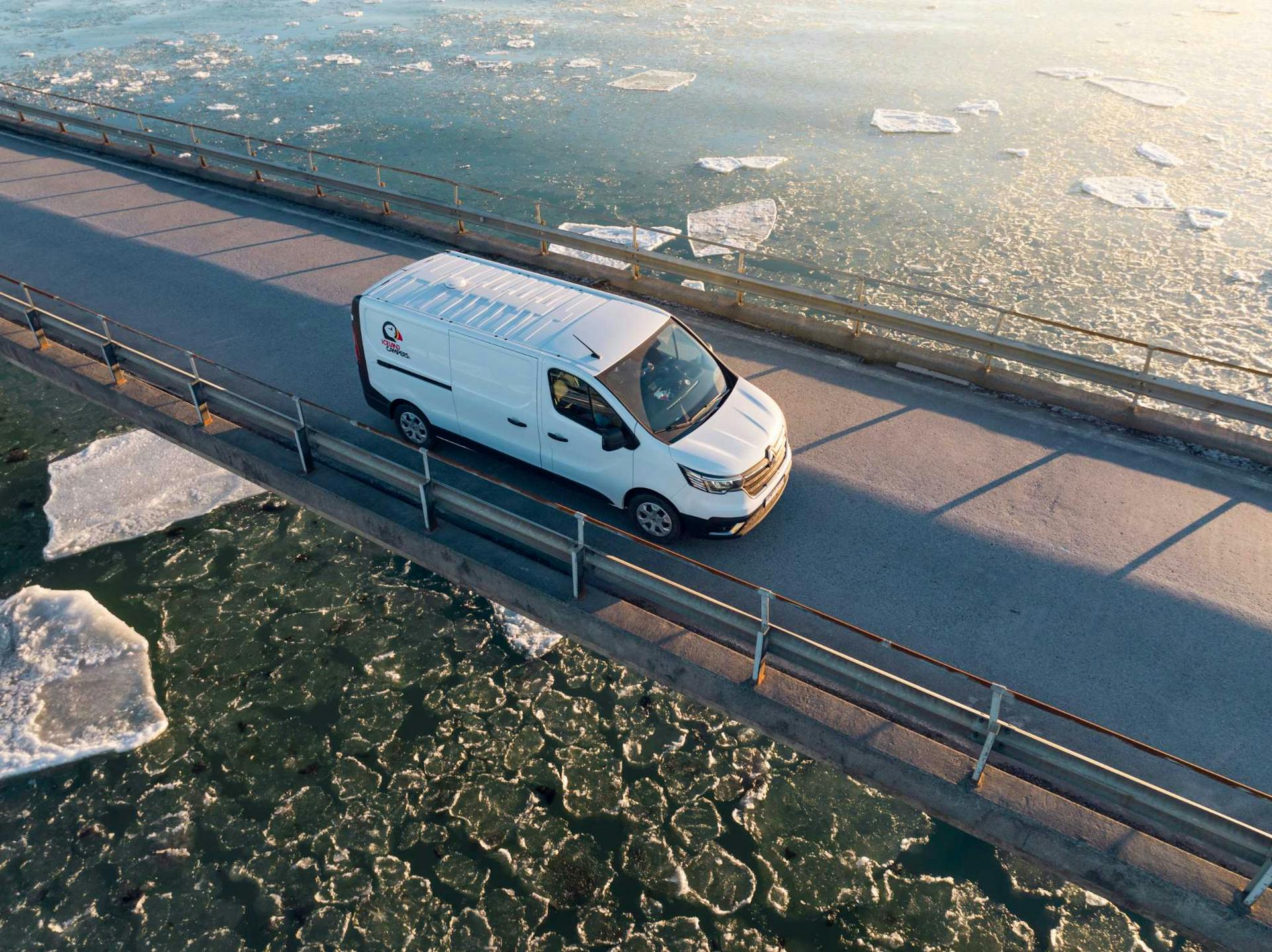
Wind Safety
The Icelandic wind deserves respect in October. When you open car doors, hold them firmly so they don’t get caught by sudden gusts. Damaged doors are a common accident for tourists, and it’s something to keep in account when driving or parking.
Snow and Closures
Light snow is possible, particularly in the north. While the capital city and south coast usually see more rain than snow in October, it’s important to keep an eye on road closures using Icelandic travel websites or apps. If a storm causes closures, you’ll usually find plenty of alternate sites and attractions to visit.
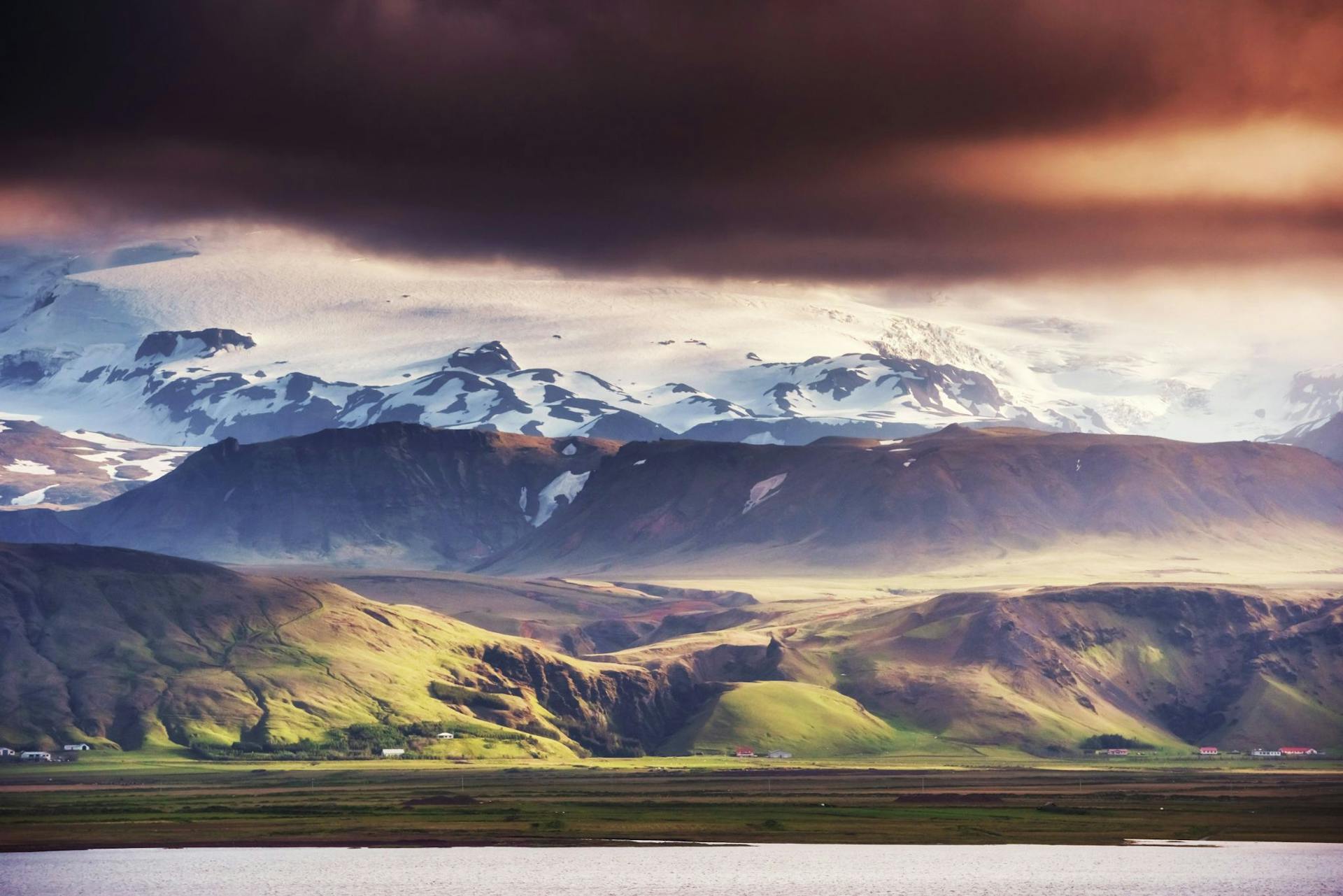
Why October Is a Good Month to Visit Iceland
October is often overlooked, but it’s actually a good month to explore the island by camper. Here’s why:
- Shoulder month savings: Because October sits between high season and the darkest part of winter, you’ll find lower rental and accommodation prices. Campsites, hostels, and even restaurants in the capital city are less crowded.
- Last chance for mild weather: October is your last chance before the truly harsh colder months begin. While you won’t get endless daylight hours like in summer, you’ll still have enough to drive popular road trip routes and enjoy day hikes.
- Fewer tourists at famous attractions: The most famous attractions—waterfalls, lagoons, hot springs—are quieter. You’ll get better photos and a more personal experience without the long queues of peak season.
- Natural beauty everywhere: From colorful autumn mosses to early snow on mountain tops, October brings out some of the most stunning contrasts in Iceland’s contrasting terrain.
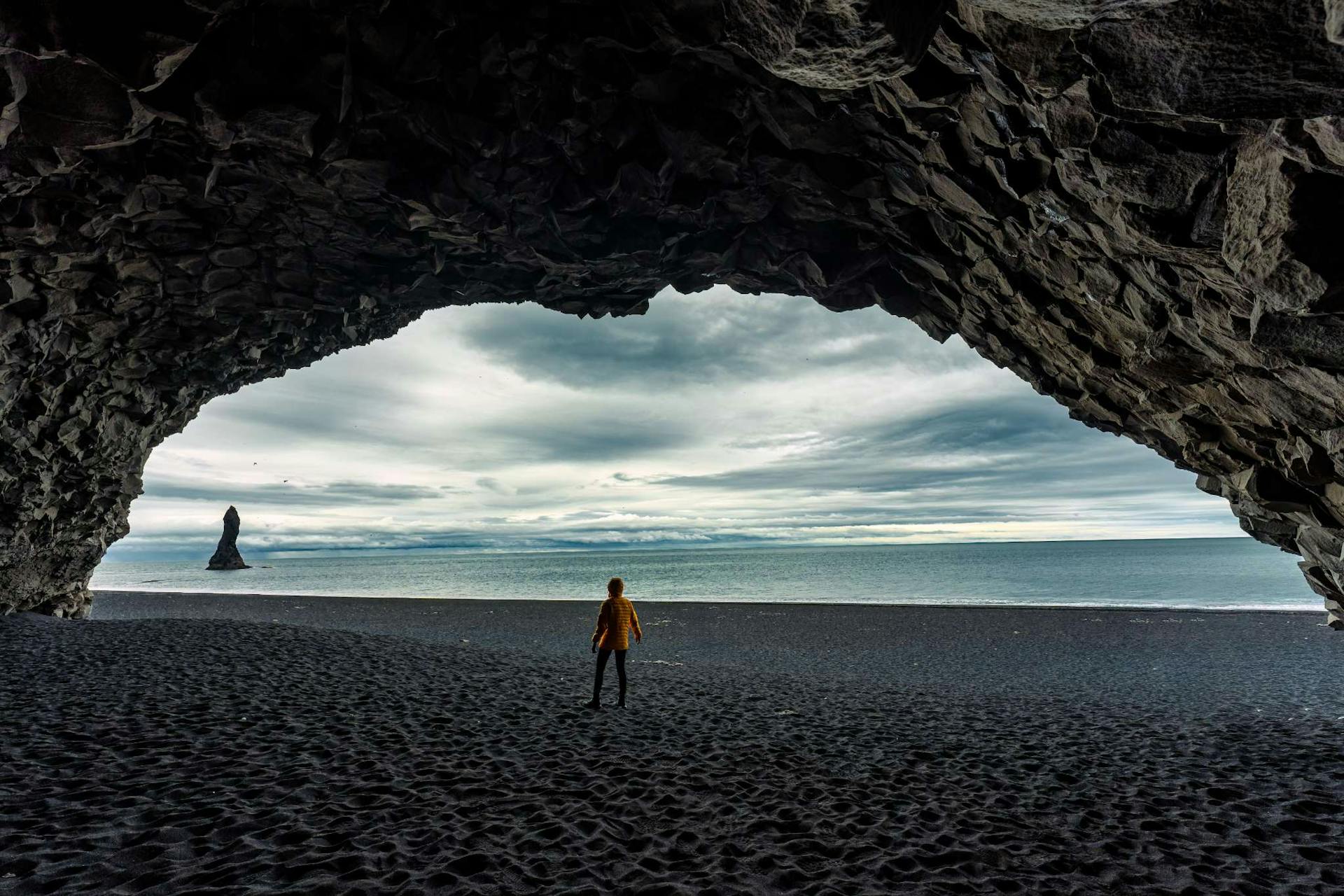
Exploring the South Coast in October
The south coast is a classic highlight for any October trip. In your camper van, you can take your time exploring and staying close to each stop instead of rushing back to a hotel.
- Black sand beaches: Reynisfjara and nearby Víkurfjara are striking in October. The waves are rougher, the sky moodier, and the basalt columns stand out against the gray clouds.
- Waterfalls: Seljalandsfoss and Skógafoss, two of the famous attractions of Iceland, often look even more dramatic under autumn rain and changing light.
- Glacier lagoons: Jökulsárlón and Fjallsárlón show off brilliant icebergs, and October is a great time to see ice chunks floating against the black sand of Diamond Beach.
- Campsites nearby: You’ll still find plenty of campsites open along this route, making it easy to plan your overnight stays.
Because October brings shorter days, it’s best to avoid a jam packed trip itinerary. Instead, plan a few main stops per day and enjoy them fully.
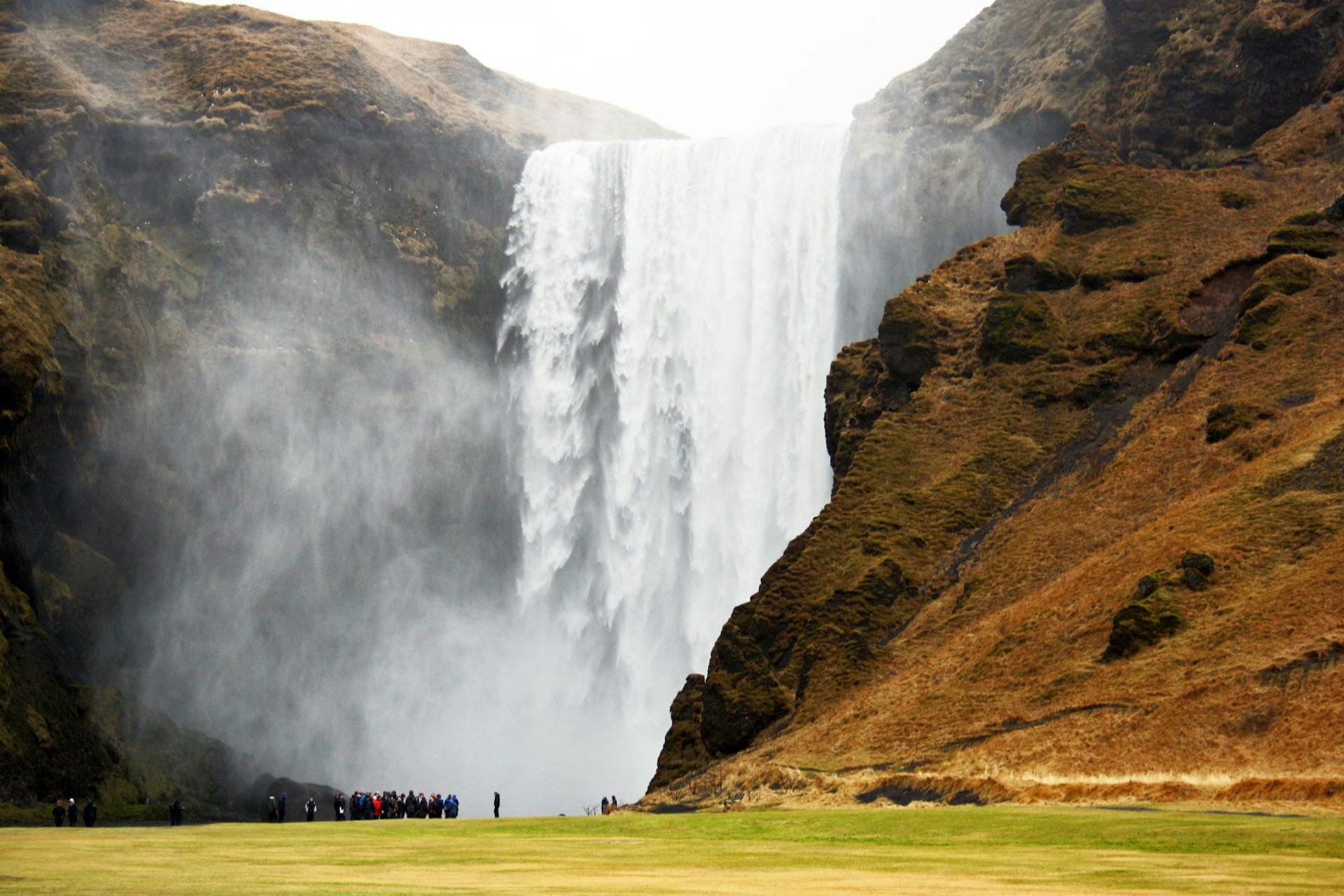
Hot Springs in October
Nothing beats soaking in a hot spring when the air is crisp. October is one of the best times for it, since the cooler temperatures make the warm water feel even more inviting.
- Blue Lagoon: Near the capital city, this is a perfect stop at the beginning or end of your journey.
- Secret Lagoon: A quieter, less commercialized pool that feels more traditional.
- Natural hot springs: You can explore geothermal pools out in the countryside, where steam rises into the cool autumn air. These are often highlights of a flexible road trip.
Relaxing in a hot spring is not just about comfort—it’s also about connecting with Iceland’s geothermal energy and the volcanic activity that shapes the island.
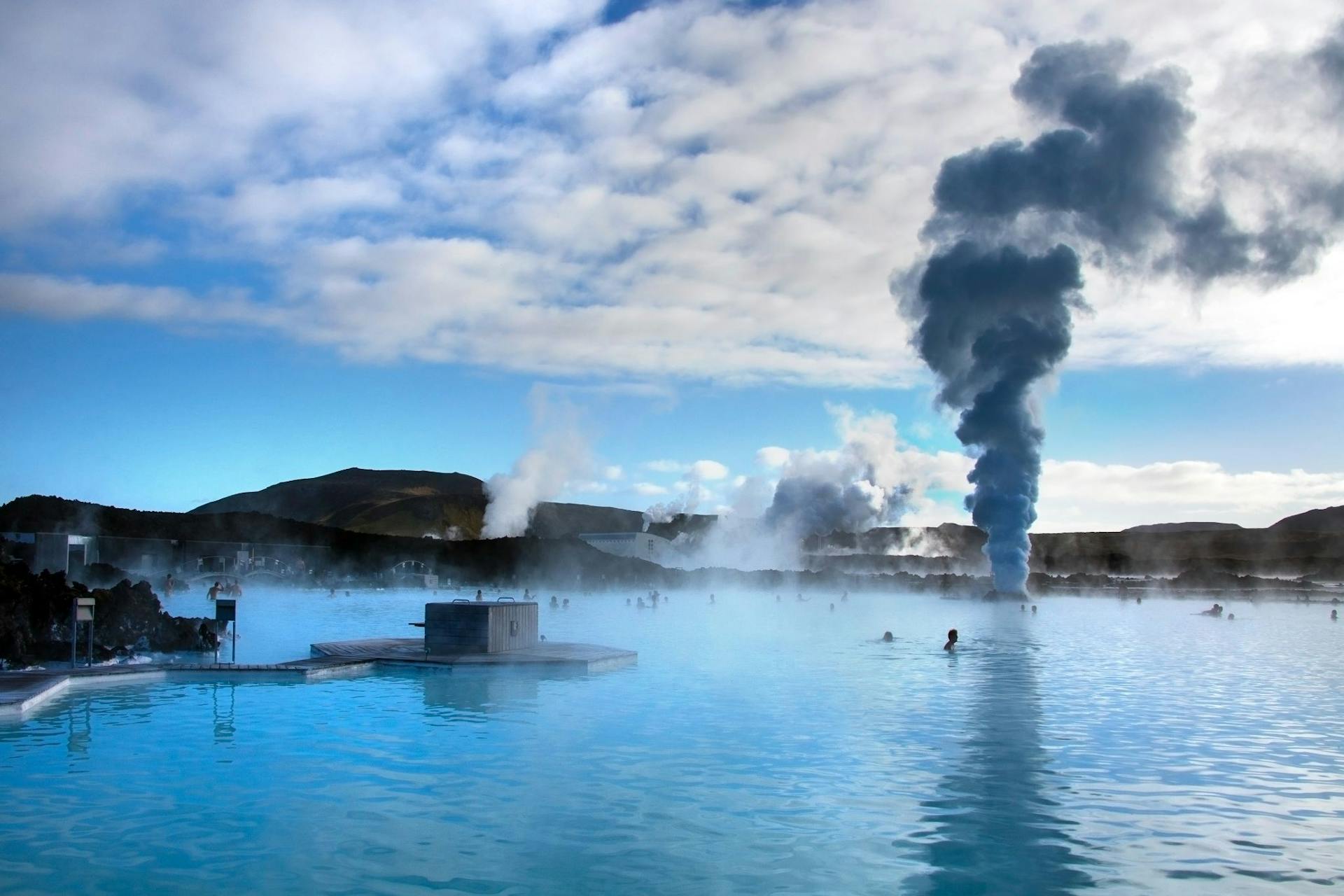
The Imagine Peace Tower
October also marks the annual lighting of the Imagine Peace Tower on Viðey Island near Reykjavik. Dedicated to John Lennon, this installation beams light into the night sky and stays lit until December 8th.
Visiting the tower during an October trip is a moving experience. The ferry ride to Viðey is short, and once there you’ll see how the buildings create shadows that make the light beam stand out even more. It’s a reminder of Iceland’s ability to mix art, culture, and natural beauty.
Wildlife: Migratory Whales and More
October gives you a last chance to see migratory whale species before they leave Icelandic waters for the winter season. Many tours operate until the end of the month, and you may still spot humpbacks and minke whales. Seeing these migratory whales is a highlight for anyone interested in marine life.
Birdlife is quieter than in summer, but you’ll still see seabirds along cliffs and coastlines, especially on the south coast and in the north.
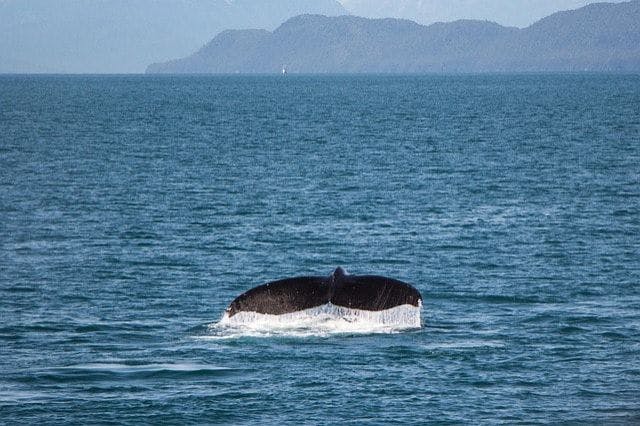
Cultural Life and Icelandic Festivals in October
Even as the days shorten, Iceland doesn’t slow down culturally. October often features icelandic festivals, concerts, and exhibitions in Reykjavik and the capital city’s surroundings. Pairing your campervan journey with time spent visiting Reykjavik gives you the best of both worlds—local attractions in the city, and freedom to explore the island beyond.
This mix of culture and outdoors makes October stand out as a month where you can experience both modern Icelandic life and its raw natural beauty.
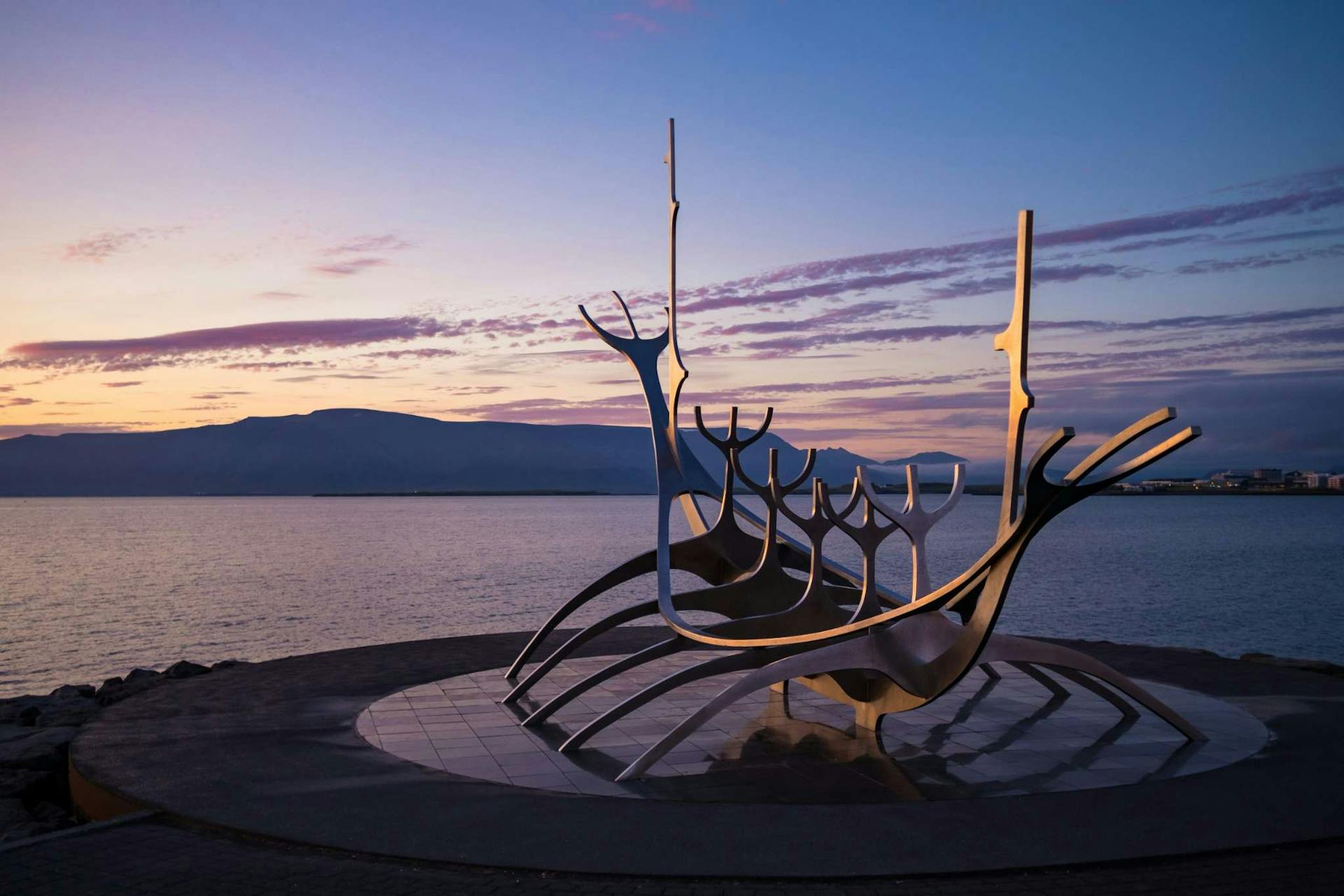
Hiking and Outdoor Activities in October
October is not peak hiking season, but it’s still possible to enjoy the outdoors safely. You’ll just need to plan around shorter daylight hours and unpredictable weather.
- Day hikes: These are the best option for an October trip. Trails near waterfalls, canyons, or hot springs can usually be completed in a few hours of daylight.
- Multi day hikes: Not recommended this time of year. The limited daylight and frequent road closures make multi-day treks risky. Save them for summer when conditions are stable.
- Snow and mud: Trails in the north may already have some snow, while paths in the south coast can be muddy. Waterproof boots and layers are essential.
- Day outings: Shorter activities—like exploring elephant rock or walking through mossy lava fields—fit perfectly into an October schedule.
Even if the weather isn’t ideal, you’ll still find plenty of opportunities to connect with Iceland’s natural beauty on foot.
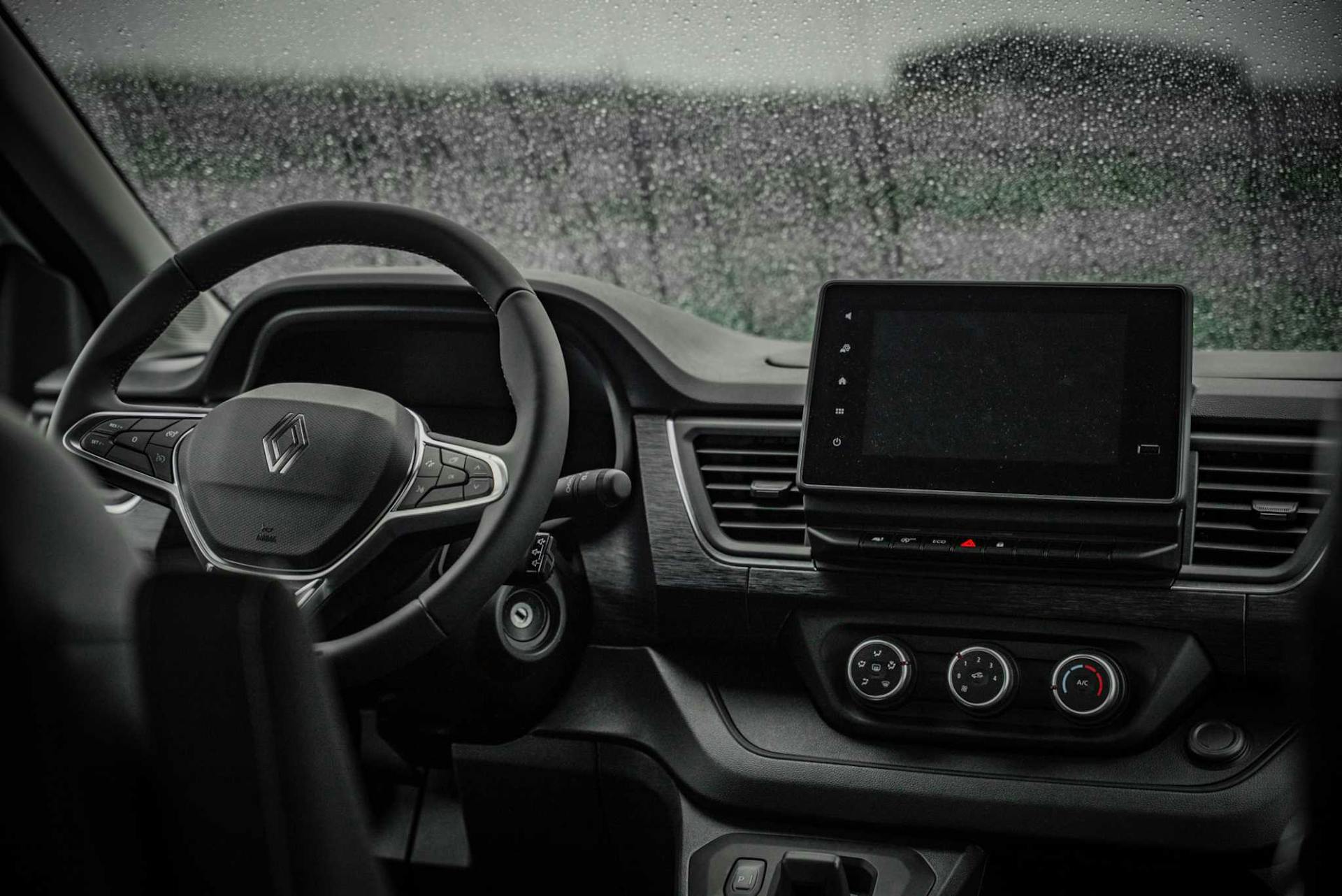
Practical Tips for Campervan Travel in October
Packing
- Bring plenty of layers: t shirts for mild moments in early October, plus thermals, waterproofs, and gloves for the colder months.
- Our campers offer enough packing space for clothing, cooking gear, and sleeping bags. Keep your essentials organized so you don’t waste daylight searching through bags.
Planning
- Build flexibility into your trip itinerary. Storms can cause sudden road closures, and having alternate stops in mind ensures you’ll still enjoy your day.
- October is not the time for a jam packed trip itinerary—instead, choose fewer sights each day and leave room for weather delays.
Fuel and Food
- Stop often at gas stations. They’re not only for fuel but also a chance to grab snacks, groceries, or even a hot drink.
- Cooking in your van saves money compared to restaurants, and it’s one of the joys of camping in Iceland.

Safety on the Road Trip
- Always check road conditions before setting out. The Icelandic Road authority website and apps are updated daily.
- Hold onto car doors in strong winds—damaged doors are one of the most common accidents for tourists.
- Remember how buildings create wind tunnels in Reykjavik and other towns—be cautious when walking around corners.
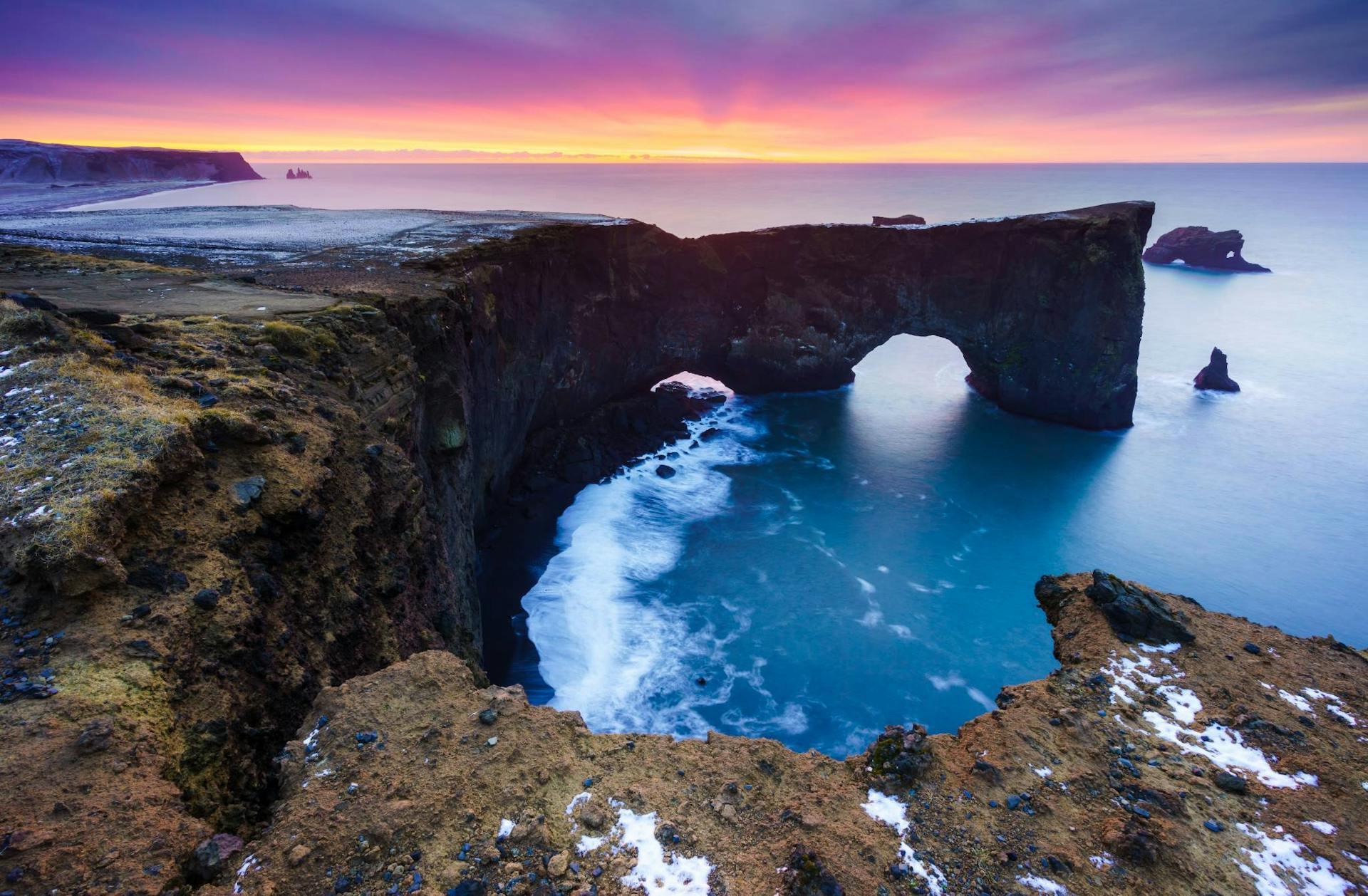
Support
If you’re unsure about routes or road conditions, you can always ask your rental agent when picking up the camper. We’re here to make sure your journey is smooth, safe, and enjoyable.
FAQs: Campervan Travel in Iceland in October
Can You Camp in Iceland in October?
Yes. Many campsites along the ring road and south coast remain open in October. Nights are colder, but with a heated camper and good sleeping bags, staying overnight is comfortable.
Is It Okay to Drive in Iceland in October?
Yes, it’s safe to drive in October if you’re cautious. The ring road and most popular road trip routes remain open. However, be prepared for road closures during storms and avoid F roads, which are closed by October.
Is It Worth Going to Iceland in October?
Definitely. October is a shoulder month that offers a unique balance—lower costs than peak season, fewer tourists, and the last chance to see Iceland’s landscapes before winter fully arrives. Plus, you’ll have enough darkness to see the northern lights.
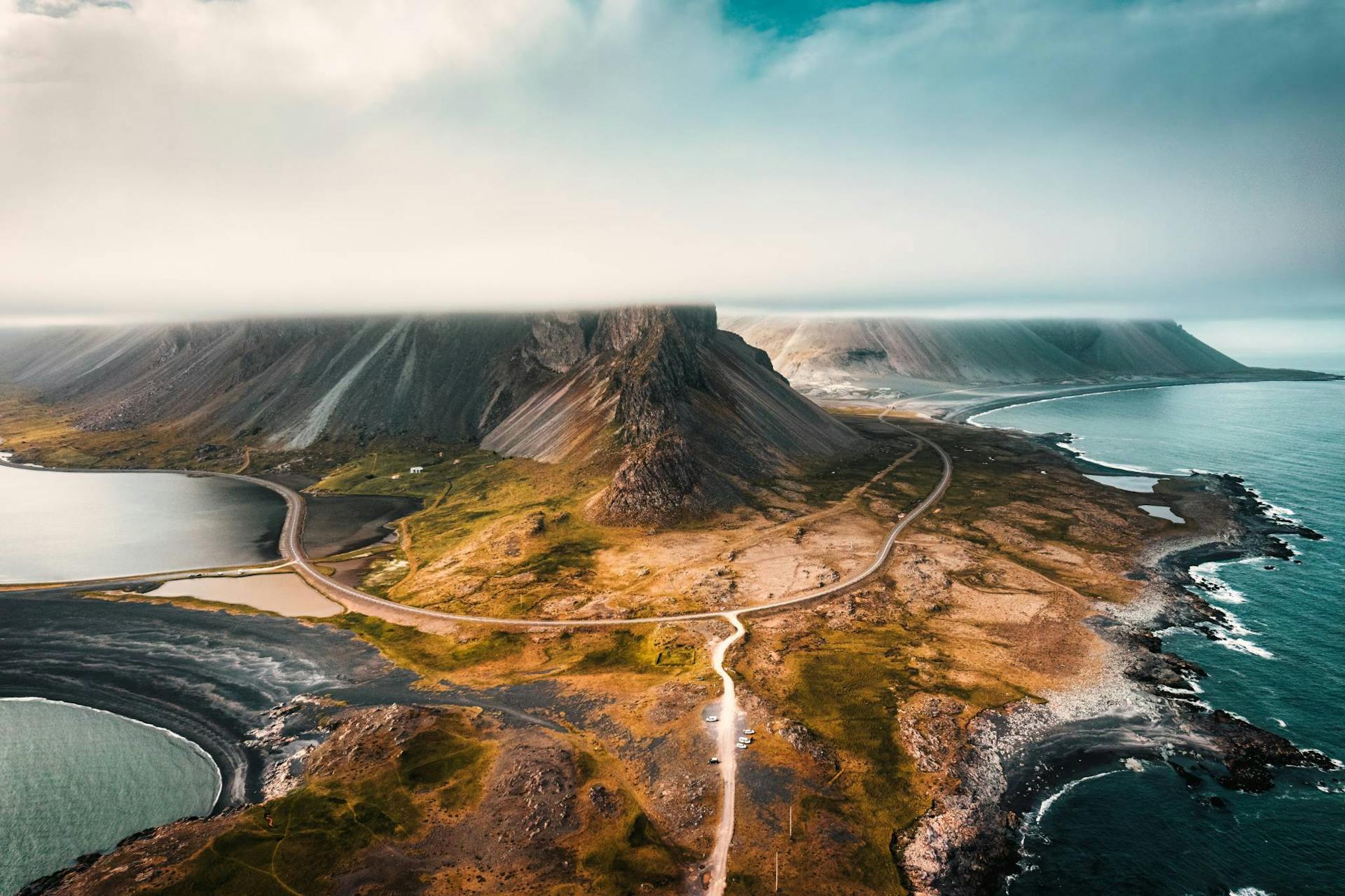
Do I Need a 4x4 in Iceland in October?
No. A camper van or standard car rental is enough for an October road trip. A 4x4 is only necessary for the highlands and F roads, which are already closed during this month.
Why Choose a Campervan in October
Traveling Iceland by camper in October combines flexibility, savings, and adventure. Instead of relying on fixed accommodation in a hotel or hostels, you bring your bed and kitchen with you. Each night, you can stop at a campsite, cook your own meals, and adapt your trip to the weather or the aurora forecast.
October may not have the endless light of summer, but it gives you something equally magical: quiet roads, natural hot springs, migratory whale species, and the glowing Imagine Peace Tower. For many travelers, it’s the perfect balance of adventure and comfort.
With us, you’ll get:
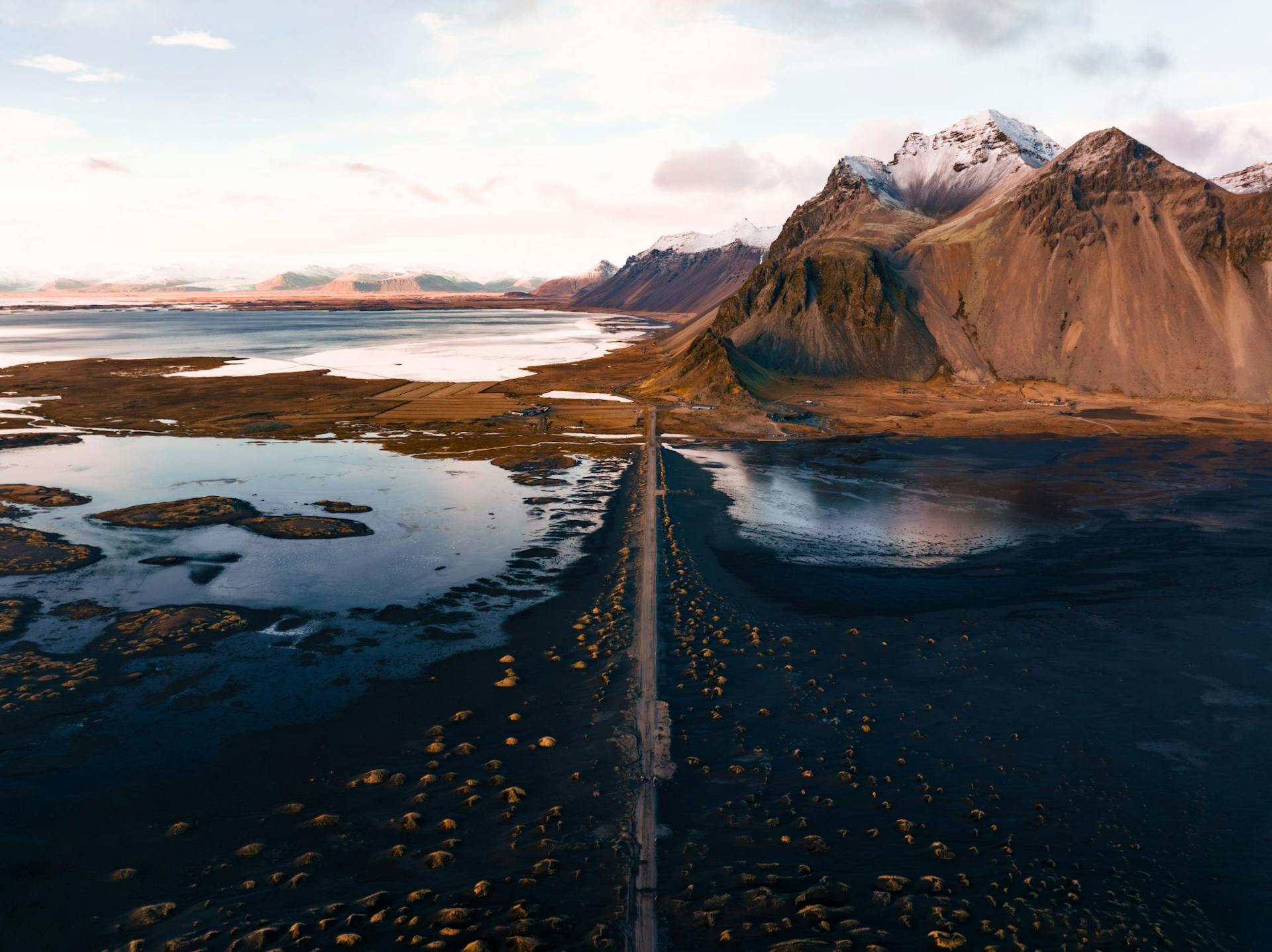
- Heated manual campers that are safe for October’s road conditions.
- Unlimited mileage to explore the ring road, south coast, and beyond.
- Extras like sleeping bags, cooking kits, and plenty of packing space.
- Guidance and support from your rental agent to help plan your october trip.
Check our campers and start planning your October adventure here